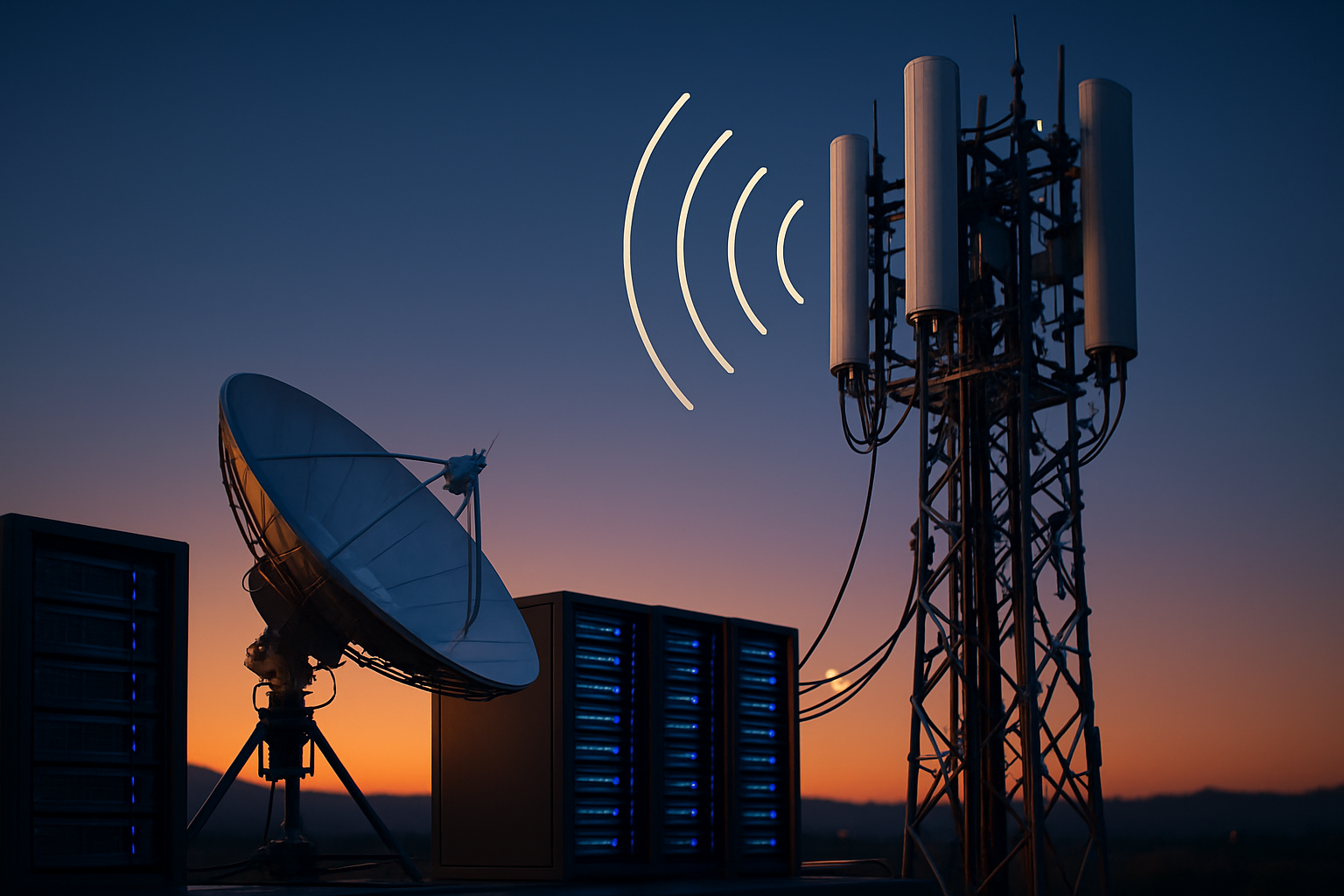The Next Generation of Ultra-Fast Millimeter Wave Communications
Imagine a world where your smartphone downloads an entire 4K movie in seconds, where virtual reality experiences are indistinguishable from reality, and where autonomous vehicles communicate instantaneously to prevent accidents. This isn't science fiction—it's the promise of millimeter wave (mmWave) technology, poised to revolutionize wireless communications and reshape our digital landscape.

The concept of using mmWave for communications isn’t new—it dates back to the 1890s when Jagadish Chandra Bose conducted pioneering experiments with millimeter waves. However, it’s only in recent years that advances in semiconductor technology and signal processing have made mmWave communications commercially viable.
The Potential of Ultra-High Bandwidth
The most significant advantage of mmWave technology is its ability to support extremely high data rates. Current 4G LTE networks typically offer speeds up to 100 Mbps, while early 5G implementations using sub-6 GHz frequencies can reach 1 Gbps. In contrast, mmWave systems have demonstrated speeds exceeding 20 Gbps in real-world tests.
This massive increase in bandwidth could enable a host of new applications. From augmented reality gaming that seamlessly blends the digital and physical worlds to telemedicine services that allow for remote surgery with near-zero latency, mmWave technology has the potential to transform numerous industries and aspects of daily life.
Overcoming Technical Challenges
Despite its promise, mmWave technology faces several significant challenges. One of the primary issues is signal propagation. Millimeter waves have difficulty penetrating solid objects like walls and even struggle with atmospheric absorption, particularly during rain or fog. This limits their effective range to about 300-500 meters in urban environments.
To address these challenges, researchers and engineers are developing innovative solutions. One approach involves using massive MIMO (Multiple-Input Multiple-Output) antenna arrays. These systems use hundreds of tiny antennas to create highly focused beams of millimeter waves, improving signal strength and overcoming some propagation issues.
Another promising development is the use of intelligent reflecting surfaces (IRS). These metasurfaces can be programmed to reflect mmWave signals in specific directions, effectively turning walls and other obstacles into signal boosters rather than barriers.
Infrastructure and Deployment Considerations
Implementing mmWave networks requires a significant overhaul of existing telecommunications infrastructure. Due to the limited range of mmWave signals, network operators will need to deploy a much denser network of small cells and base stations.
This presents both challenges and opportunities. While the initial investment in infrastructure will be substantial, it also opens up possibilities for more localized and customized network deployments. For instance, stadiums could install dedicated mmWave networks to provide ultra-high-speed connectivity to thousands of spectators simultaneously.
The deployment of mmWave technology will likely occur in phases, with initial rollouts focusing on high-density urban areas and specific use cases like fixed wireless access for last-mile connectivity.
Regulatory and Spectrum Allocation Issues
As with any new wireless technology, mmWave communications face regulatory hurdles. Different countries are taking varied approaches to spectrum allocation for mmWave bands. In the United States, the Federal Communications Commission (FCC) has already auctioned off several mmWave bands for 5G use, including 24 GHz, 28 GHz, and 39 GHz.
Globally, the World Radiocommunication Conference (WRC) plays a crucial role in harmonizing spectrum allocation across different regions. The WRC-19 identified several mmWave bands for IMT (International Mobile Telecommunications) use, paving the way for global adoption of mmWave technology.
However, concerns about potential interference with weather forecasting satellites, which use nearby frequency bands, have led to ongoing debates and research into coexistence strategies.
The Future of Wireless Communications
As mmWave technology matures, we can expect to see a gradual integration into existing wireless networks. The future of wireless communications will likely involve a heterogeneous network architecture, combining low-band, mid-band, and mmWave frequencies to provide optimal coverage and capacity.
This multi-tiered approach will enable network operators to deliver tailored solutions for different use cases. Low-band frequencies will continue to provide wide-area coverage, while mmWave technology will offer ultra-high-speed connectivity in densely populated areas and for specific applications requiring massive bandwidth.
The advent of mmWave technology marks a significant milestone in the evolution of wireless communications. As researchers continue to overcome technical challenges and as infrastructure deployment accelerates, we stand on the brink of a new era in connectivity—one that promises to transform how we interact with technology and with each other in ways we’re only beginning to imagine.





